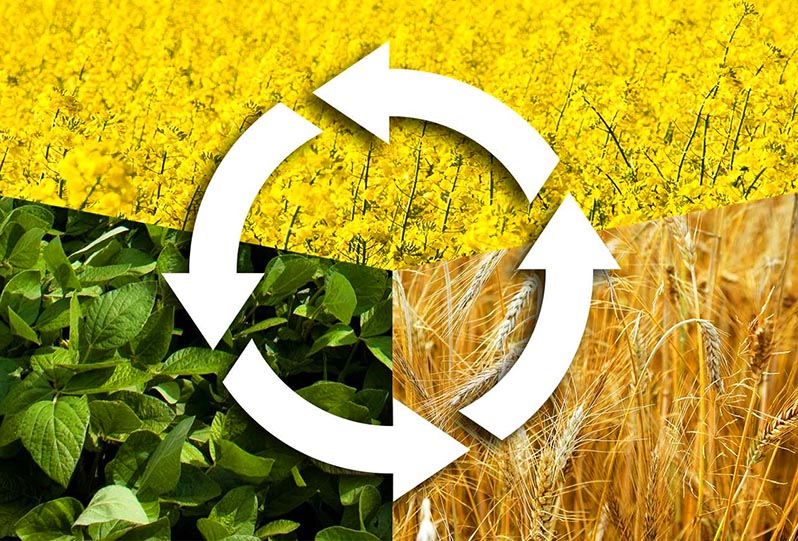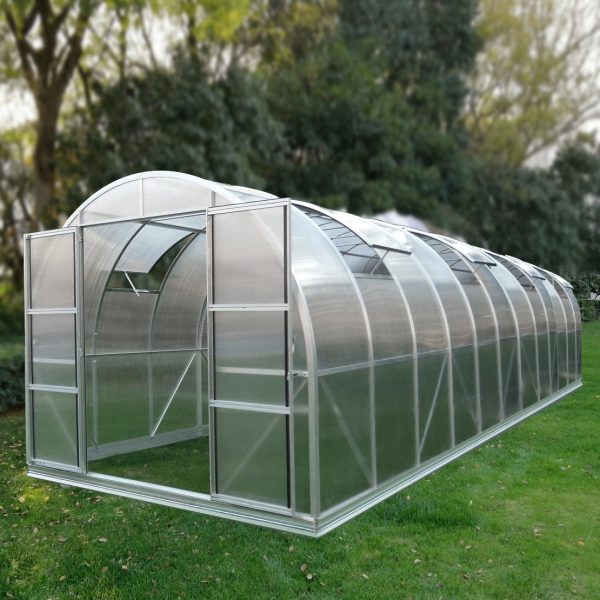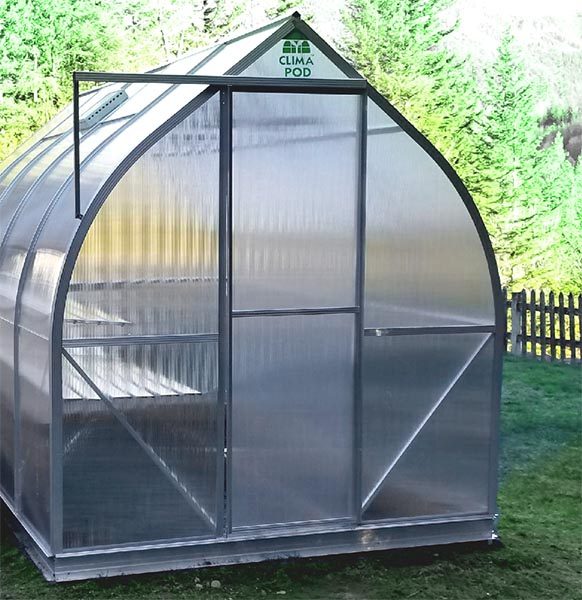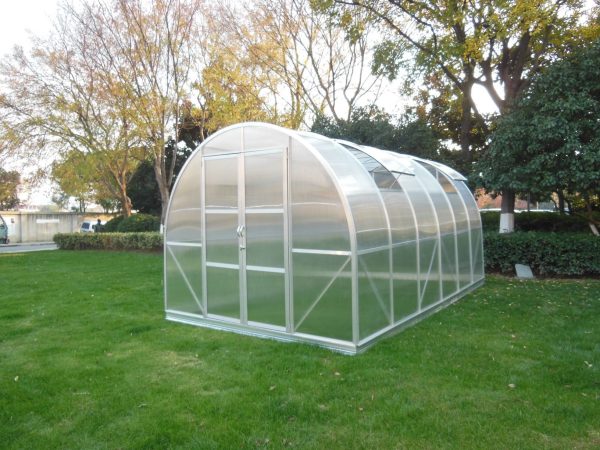You need to alternate garden crops in the garden wisely, because it’s not enough just to swap them, you also need to know the sequence and rules of crop rotation.
When growing the same crop in one place for several years in a row, the soil is depleted, pathogens accumulate in it, and pests, out of habit, “gather” to their favorite vegetables. You can correct the situation if you plant plants in other beds in the new season. However, not everything is as simple as it might seem at first glance.
What is crop rotation and why follow it
In simple terms, crop rotation is the alternation of garden crops on the site. Scientists identify 3 main reasons why it should be observed:
- the soil is less clogged with weeds, less pathogens and pests settle in it;
- with proper crop rotation, the optimal structure of the upper soil layer is maintained, in which garden crops grow;
- with a deliberate crop rotation, the land is not depleted, but, on the contrary, is replenished with the necessary nutrients.
If different crops are planted in the same place every year, the soil will be healed, and its nutrients will be spent more rationally. The thing is that some plants consume useful elements from the top layer of soil, while others – from the bottom. In addition, these substances are consumed in different quantities.
In addition, the roots of many plants release toxins. Usually cultures from the same family are sensitive to them. This is especially noticeable in beds with beets, carrots and spinach. If you plant these vegetables in the same place for several years in a row, each subsequent crop is usually worse than the previous one, since toxins inhibit the development of plants. Proper crop rotation neutralizes this effect, healing the soil.
Note. The least sensitive to toxins released by predecessors are legumes, corn, and leeks.
Even if the roots of plants almost do not emit toxins during the growing season, in the future, plant residues – stems and foliage can do this. Therefore, we advise you to remove from the beds and lay in the compost piles the tops of plants such as cucumbers, peppers, carrots, horseradish, cabbage, sunflowers, as well as numerous weeds at the end of the season. On the basis of green waste, you can prepare organic top dressings (infusions and decoctions), as well as pest control products.
Crop rotation rules – how to rotate plants
In order to properly alternate plantings and draw up a rational crop rotation scheme, it is important to know which family a particular plant belongs to. Because representatives of the same family, as a rule, suffer from the same diseases and are attacked by the same pests. For example, root rot pathogens often lurk in the soil after lettuce and root celery. Cabbage can be attacked by a cabbage fly, sometimes heads of cabbage are affected by keel, after which it is undesirable to plant a vegetable in this place for about 6 years. Thus, it is impossible, for example, to sow dill instead of carrots. These crops belong to the same family – Celery.
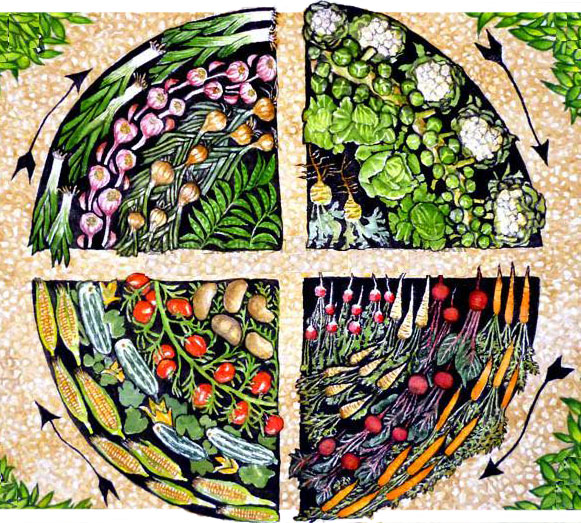
Interestingly, crop rotation should be observed not only when growing vegetables, as many mistakenly believe. If you think that flowers and medicinal plants cannot be “relatives” of vegetables, then you are mistaken. How else can they! For example, tulips and slime onions are almost brothers. So, if you have broken a bed in place of a flower bed, this does not mean at all that vegetables will grow well on it. It is important to choose the right culture-followers.
Especially for you, we have compiled a table of belonging of various cultures to families.
|
Family |
Culture |
| Aster (composite) | Artichoke, aster, dahlia, calendula, kosmeya, daisy, oat root, dandelion, tansy, sunflower, rudbeckia, lettuce, lettuce chicory, scorzonera, yarrow, chrysanthemum, zinnia, string, tarragon, echinacea |
| Beans | Beans, vetch, peas, lupins, soybeans, beans, lentils |
| Buckwheat | Buckwheat, rhubarb, sorrel |
| Cabbage (cruciferous) | Rotabaga, daikon, cabbage (white, brussels, chinese, kohlrabi, red, beijing, savoy, cauliflower), katran, watercress, levkoy, leaf mustard, lobo, radish, radish, turnip, horseradish |
| Onion (liliaceae) | Begonias, onions (batun, fragrant, multi-tiered, leek, onion, rocambole, slime, shallot, chives), lilies, tulips, wild garlic, garlic |
| Gauze | Decorative quinoa, chard, beetroot, spinach. |
| Nightshade | Eggplant, belladonna, potato, nightshade, pepper, petunia, tobacco, tomato, physalis. |
| Celery (umbrella) | Anise, chervil, coriander (cilantro), carrot, parsnip, parsley, celery, cumin, dill, fennel. |
| Pumpkin | Watermelon, mad cucumber, melon, zucchini, crookneck, lagenaria, luffa, melotria, momordica, cucumber, squash, stepping stone, tladianta, cyclantera, chayote, echinocystis. |
| Lamiaceae | Basil, hyssop, marjoram, lemon balm, peppermint, savory. |
Vegetable crop compatibility
If you want to place the maximum number of different crops in one garden, you also need to consider their compatibility with other plants. Some “capricious” vegetables do not get along well with their neighbors, while tolerant crops, on the contrary, have a positive effect on “roommates”.
So, carrots and onions are an example of ideal coexistence in the garden. The most dangerous pests of these crops are carrot and onion flies. But the carrot fly does not tolerate the smell of onions, and the onion fly does not tolerate the smell of carrots. Therefore, plants from such a tandem perfectly protect each other from insect attacks.
The nutrient requirements of plants
Determining whether plants belong to the same family is only half the battle. Another important factor to consider in crop rotation is the need for plant nutrients.
Important! When selecting crops for subsequent planting, you should be aware that it is impossible to plant the same bed for several years in a row with crops with a high need for trace elements.
- Crops with high nutrient requirements: cabbage, potatoes, rhubarb, celery, asparagus, pumpkin, spinach.
- Cultures with an average need for nutrients: eggplant, curly beans, melon, kohlrabi, leek, cucumber, radish, beetroot, tomato, horseradish, spinach.
- Plants with low nutrient requirements: peas, bush beans, onions, herbs, radishes, lettuce.
The correct crop rotation looks like this: in the first year, the most “gluttonous” crop is grown in the garden, in the subsequent – plants from the second and third groups, in the fourth year they fertilize and again plant a crop with a high nutrient requirement.
Thus, it turns out that each plant should return to its original place no earlier than after 4 years. To do this, it is best to divide the site into small beds, and every year “shift” crops to a neighboring place.
Good forerunners of vegetable crops

Plants feed on those substances that were not taken from the soil by previous crops. When planning planting, keep in mind what to plant in the garden after.
| Culture | Precursor |
| Beans | All types of cabbage, potatoes, cucumber, zucchini, pumpkin, onion, garlic, eggplant, pepper |
| Cabbage, beets | Cucumber, potato, pepper, carrot, bean, pumpkin, eggplant |
| Potato | Cabbage, cucumber, pumpkin, onion, garlic, carrot |
| Onion, garlic | Cabbage, potatoes, legumes, greens, radishes |
| Carrots | Cucumber, potato, cabbage, tomato, legumes |
| Cucumber, pumpkin, zucchini | Cabbage, legumes, onions, garlic, corn |
| Pepper, eggplant | Cabbage, cucumber, zucchini, pumpkin, onion, garlic, legumes, carrots |
| Tomato | Cucumber, carrot, cabbage, onion, beetroot |
Green manure in crop rotation plan for soil improvement
Proponents of organic farming manage to do without mineral fertilizers by properly alternating plants in the beds. After all, there are plants that enrich the soil with useful substances. First of all, we are talking, of course, about green manure – green fertilizers with a powerful root system and rapidly developing green mass. They are sown between the main crops or on empty plots after harvesting, and then mowed and plowed into the ground.
But there are also plants that are able to produce a crop, at the same time improving the quality of the soil. These crops include, for example, legumes (peas, beans, etc.). Nodule bacteria on their roots enrich the soil with nitrogen.
Note. If you plan to use legumes as green manure, it is important that they have time to bloom, since the nodules on their roots are formed during this period.
And perennial legumes with a powerful root system, including, for example, alfalfa, extract useful substances from deep layers of the soil and share with vegetables whose roots are located near the surface.
To increase soil fertility, do not leave the beds empty. At the time of the “shift change”, sow the area with green manure: white mustard, phacelia, rapeseed. You can also make compost from these crops for the plants you plan to plant next season.
Thanks to green manure plants, you can significantly improve the soil and prevent weeds from taking over empty areas.
How to rotate crops in a small garden
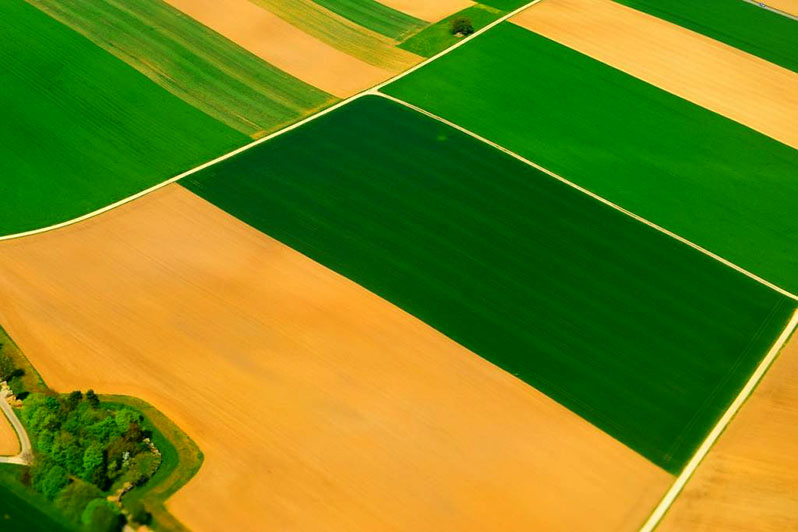
Crop rotation is an agricultural concept. However, this does not mean at all that it cannot be carried out in the conditions of a single garden. How else can you! That’s just traditional suburban areas are not very suitable for them to be able to deploy vigorous activity. The garden is assigned to them, at best, a fourth part. In such conditions, moving crops from place to place can be problematic. And yet it is possible.
It is worth starting with a site plan and include both large and small objects in it. It is important to immediately indicate the location relative to the cardinal points in order to assess the degree of illumination of certain parts of the backyard territory. Buildings, tall trees and shrubs can also affect the illumination.
You should divide the area under the beds in this area into 4 zones and every year “move” the plants in a circle from a certain group. That is, in the place where crops from the first group grew last year, representatives of the second group should be planted this year, etc. Thus, the plants will return to the previous beds every 4 years.
And here are the groups of plants for a four-year crop rotation:
- Group 1 – zucchini, cabbage, cucumbers, pumpkin, squash;
- Group 2 – onions, radishes, tomatoes, herbs, garlic;
- Group 3 – rutabagas, carrots, radishes, beets, parsnips, root parsley;
- Group 4 – potatoes.
In the next season, all these crops should be on the next bed.
Note. Some gardeners practice the so-called small crop rotation, when early ripening varieties of various vegetables are successively planted in one season in one area. In regions with a cold climate, you can use seedlings when organizing a small crop rotation, or plant each subsequent type of vegetable between rows.
Conclusion
At first glance, it seems that crop rotation is a very complicated procedure. But over time, you can easily learn to understand all the intricacies, the main thing is to start. It goes without saying that you can apply crop rotation rules to your greenhouse as well. In addition, a competent crop rotation, in which vegetables, flowers and herbs in the garden are good neighbors, allows you to combine benefit and beauty. What else does a real gardener need?

